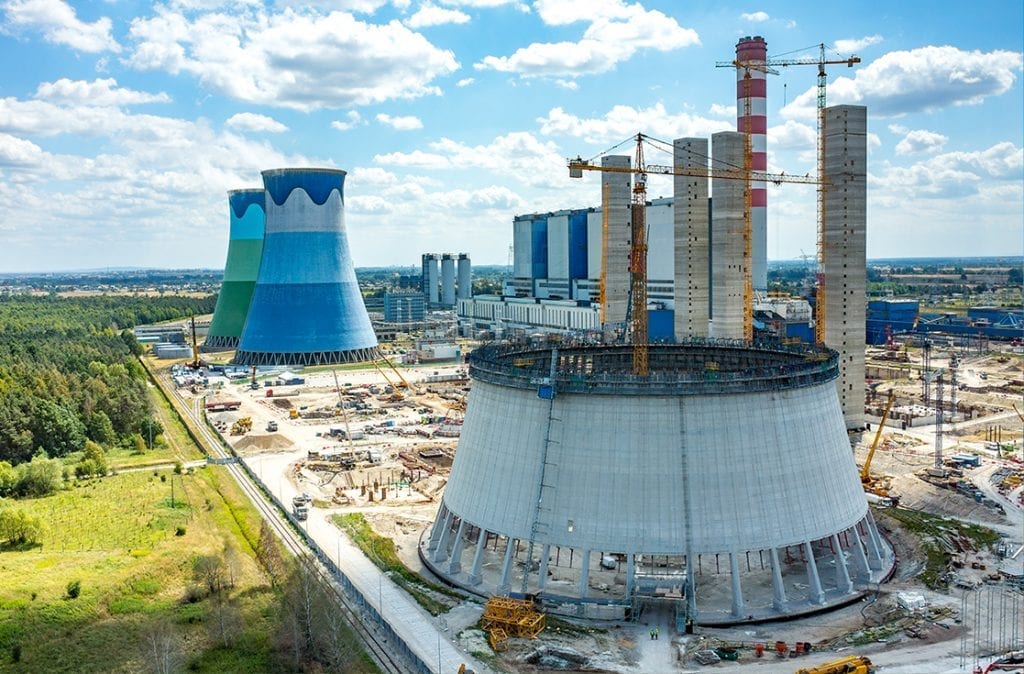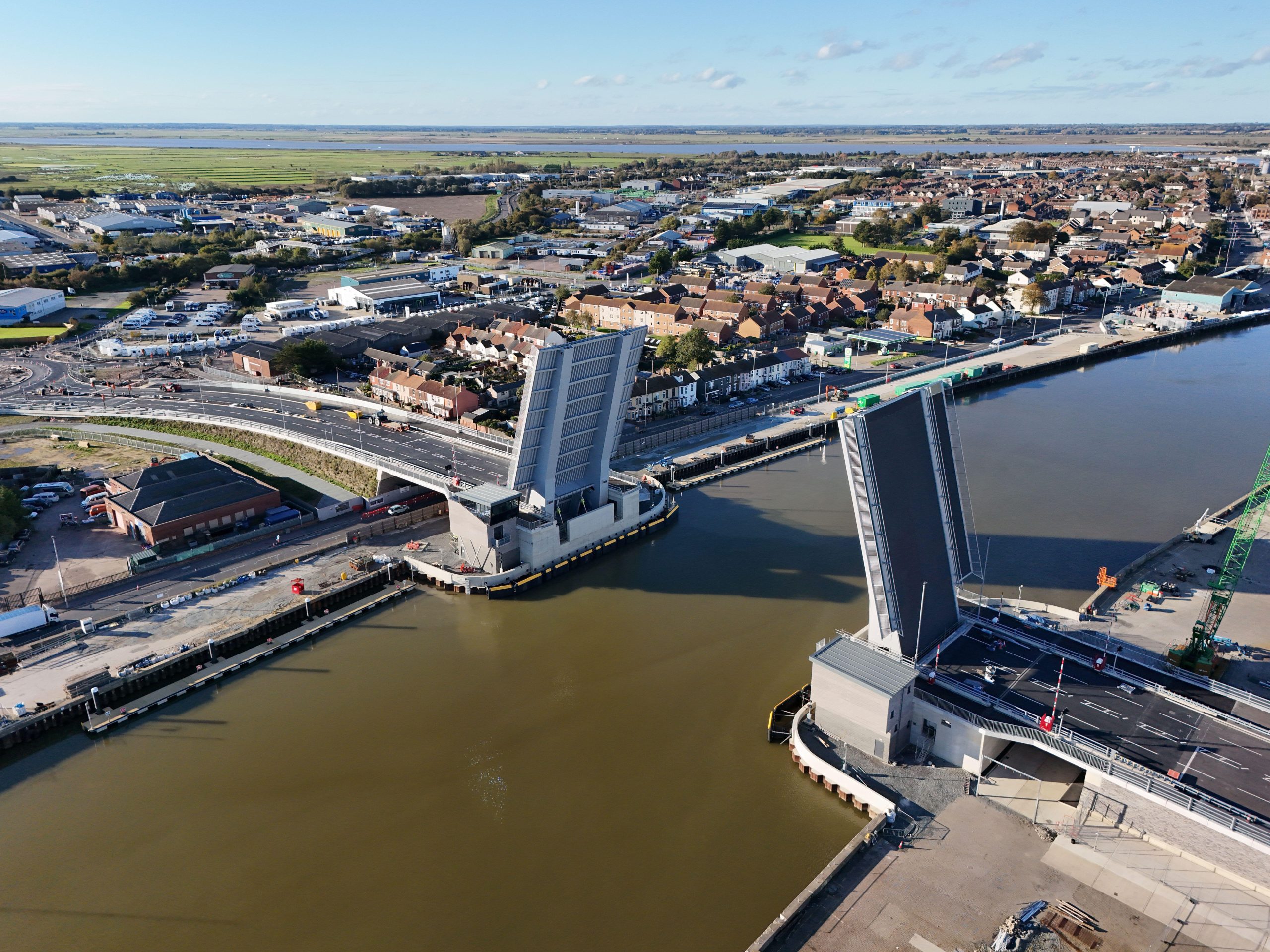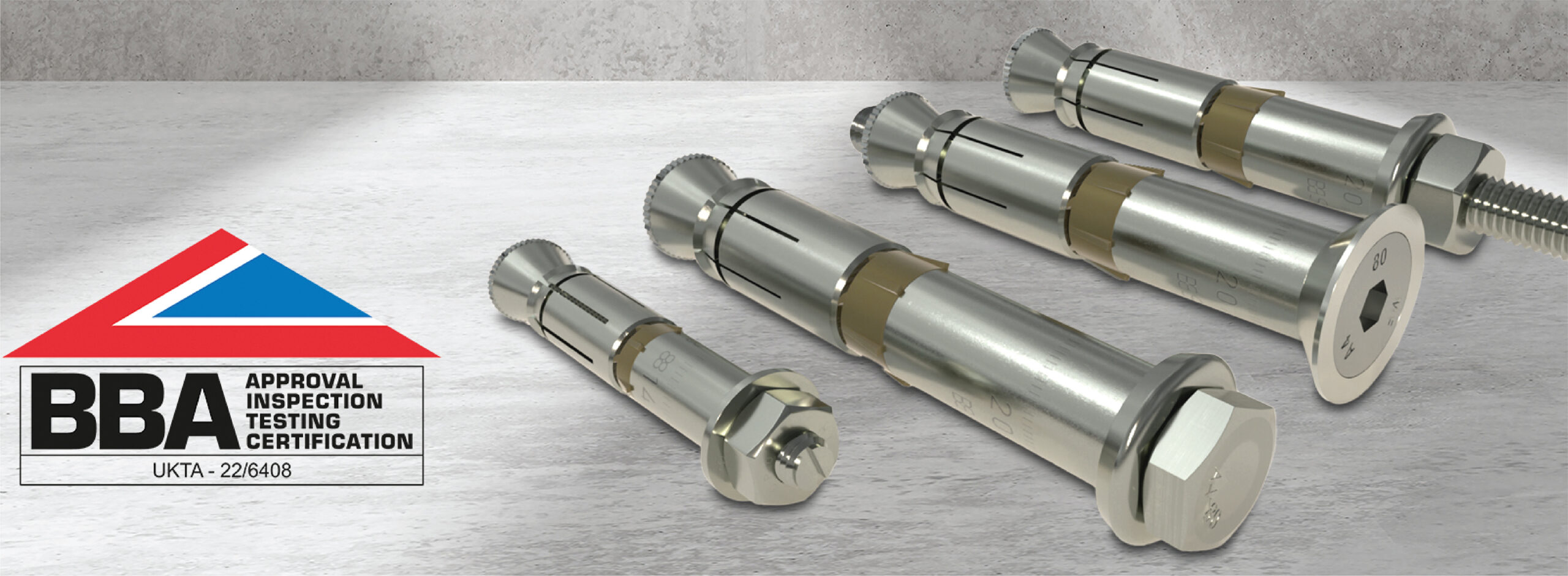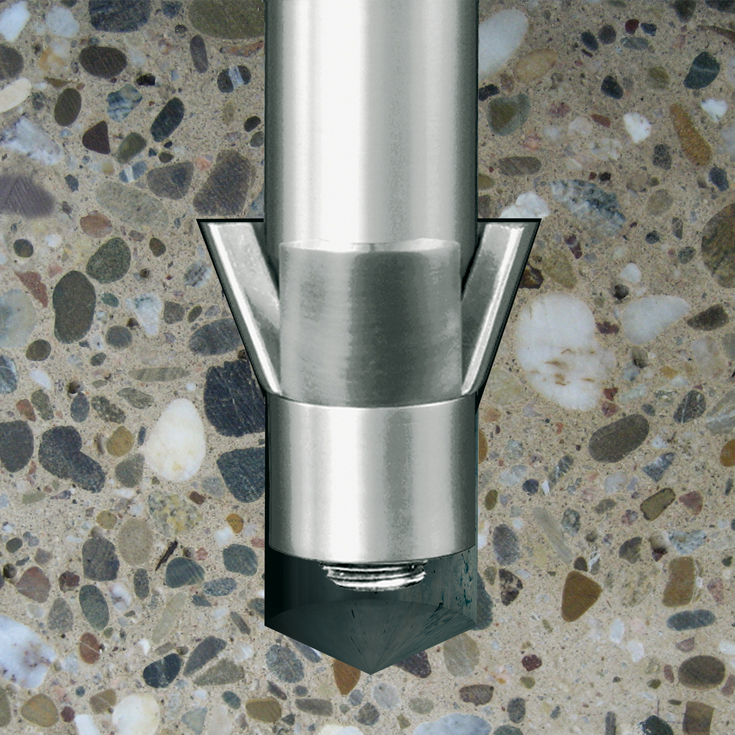
Concrete Undercut Anchors (LIEBIG)
Undercut anchors are specially designed for use in concrete. While choosing the anchors, some important factors should be considered, including the concrete strength and condition (cracked or non-cracked), anchor spacing, distance between edges, structural thickness, value and angle of the applied load, thickness of the fixture, the environmental conditions as an absolute minimum.
Operating Principle and Performance
An undercut anchor works by creating a positive mechanical interlock within a concrete structure. This positive mechanical interlock is what gives this type of anchor a performance way above that of normal mechanical expansion anchors.
In the case of the Liebig Ultraplus, a special undercutting tool is used to create a uniformed void around the lower section of the drilled hole, Once the concrete anchor is inserted, the spring loaded mechanism of the anchor forces out the expansion keys in to the void and the interlock is created. This type of anchor and the interlock it creates offer by far the highest performance and resistance compared to other types of undercut anchor. Anchors are designed such that rather than concrete capacity it is the steel from which the anchor is produced which can be fully utilised to provide the ultimate resistance.
Other types of undercut anchors tend to be installed as follows:-
- Self-undercutting-rotary and self-undercutting-percussion. In the pre-drilling technique, a special drill is manipulated eccentrically by hand to create to create the undercut shape,
- For the self-undercutting-rotary process, a stop drill is employed to form a cylindrical hole. From there, the anchor is positioned in the bottom of the hole, a special adapter and a hammer drill is used to spin it into the hole; the special teeth of the anchor create the undercut shape as it spins.
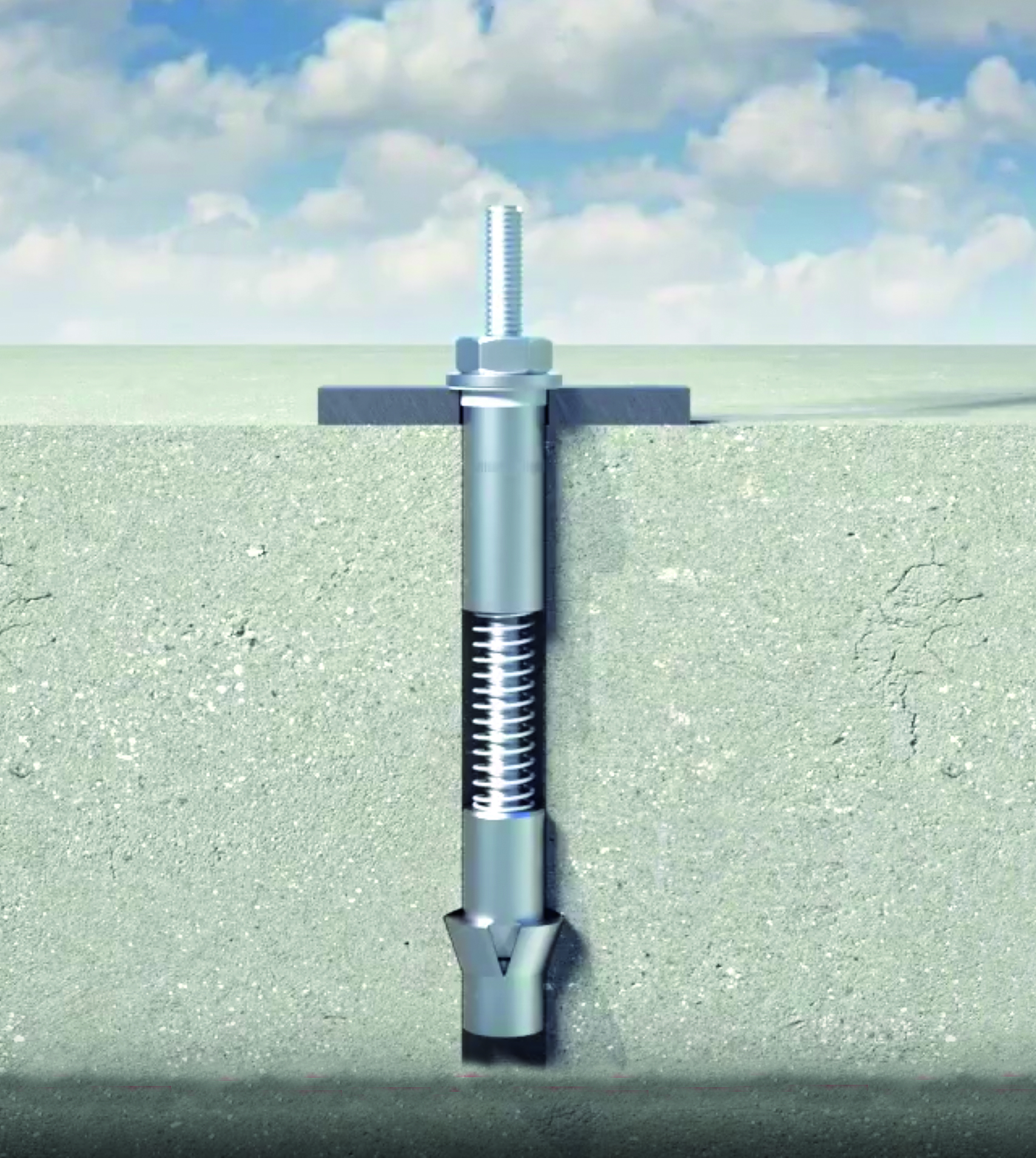
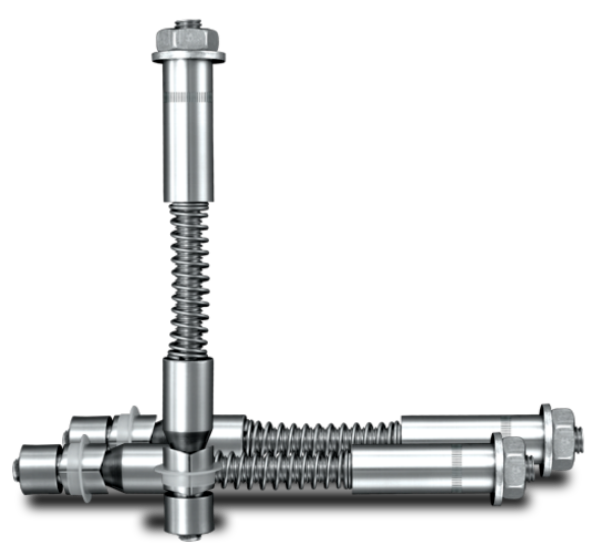
Typical Applications
Undercut anchors are among the most versatile kinds of anchor because they have the ability to function in cracked or non-cracked concrete; they have excellent dynamic resistance, and allow for different attachments and finishes. As a result, they are suitable for a wide range of applications such as:
- Shockproof connection in areas prone to earthquakes.
- Dynamic loads
- Steel fabrications in staircases and ladders
- Roller coasters
- Nuclear power plants
- Seismic retrofitting.
Installation Process
Installation differs depending upon the type of undercut anchor being used.
For a self-undercut anchor like the Liebig SUPERPLUS BLS, there is no need for special tools. The undercut is created by the anchor itself. When the BLS Anchor is expanded in to a pre-drilled hole, keys at the bottom of the expansion shield create voids at a predetermined depth inside the concrete. Those keys then lock in to those voids and provide the resistance to tensile action.
In the case of the Liebig Ultraplus, a special tool is used to create a void at a predetermined depth inside the concrete. The spring action of the Ultraplus anchor when installed, forces keys to expand into the pre-cut void. This is how the resistance to tensile action is created using this type of anchor.
There are various types of post-installed mechanical anchors but undercut anchors are by far the strongest and able to resist much higher loads compared to mechanical expansion anchors. This is why they are often used in structures such as the nuclear power plants, where human safety is of utmost importance and failure often has catastrophic consequences.
In general, the suitability of the concrete to resist the transfer of the action load from the application is usually decisive. “Concrete capacity” A fixing can only be as good as the base material it is fixing in to. However, how the mechanical anchor transfers the action load has a significant impact on the concretes capacity to resist the load or action.
How Undercut Anchors Work
Mechanical expansion anchors work, as their name suggests, by expanding in to a pre-drilled hole in to the concrete. The friction created by that expansion is what provides the resistance to the tensile action. In general terms, the greater the tensile action, the greater the horizontal expansion forces that are required. High expansion forces create high compression/stress zones in the concrete which detrimentally effects how the concrete is able to resist the action loads.
An undercut anchor works differently. It works by creating a positive key in to a pre-cut or self-cut void inside the concrete. They either open out in to a pre-cut void as in the case of the Liebig Ultraplus, or they create their own void and key in to that, as in the case of the Liebig Ultraplus BLS anchor. They do not rely on expansion and friction and thus they do not create such high compressive or stress zones in the concrete. As a result, undercut anchors are able to make much better use of the concretes capacity and thus are able to resist much higher tensile loads. In addition to normal tensile action loads, the positive mechanical interlock and the reduction of compressive stress zones in the concrete make undercut anchors more able to manage the action loads which are created in dynamic, seismic, shock and other such high impact application conditions.
